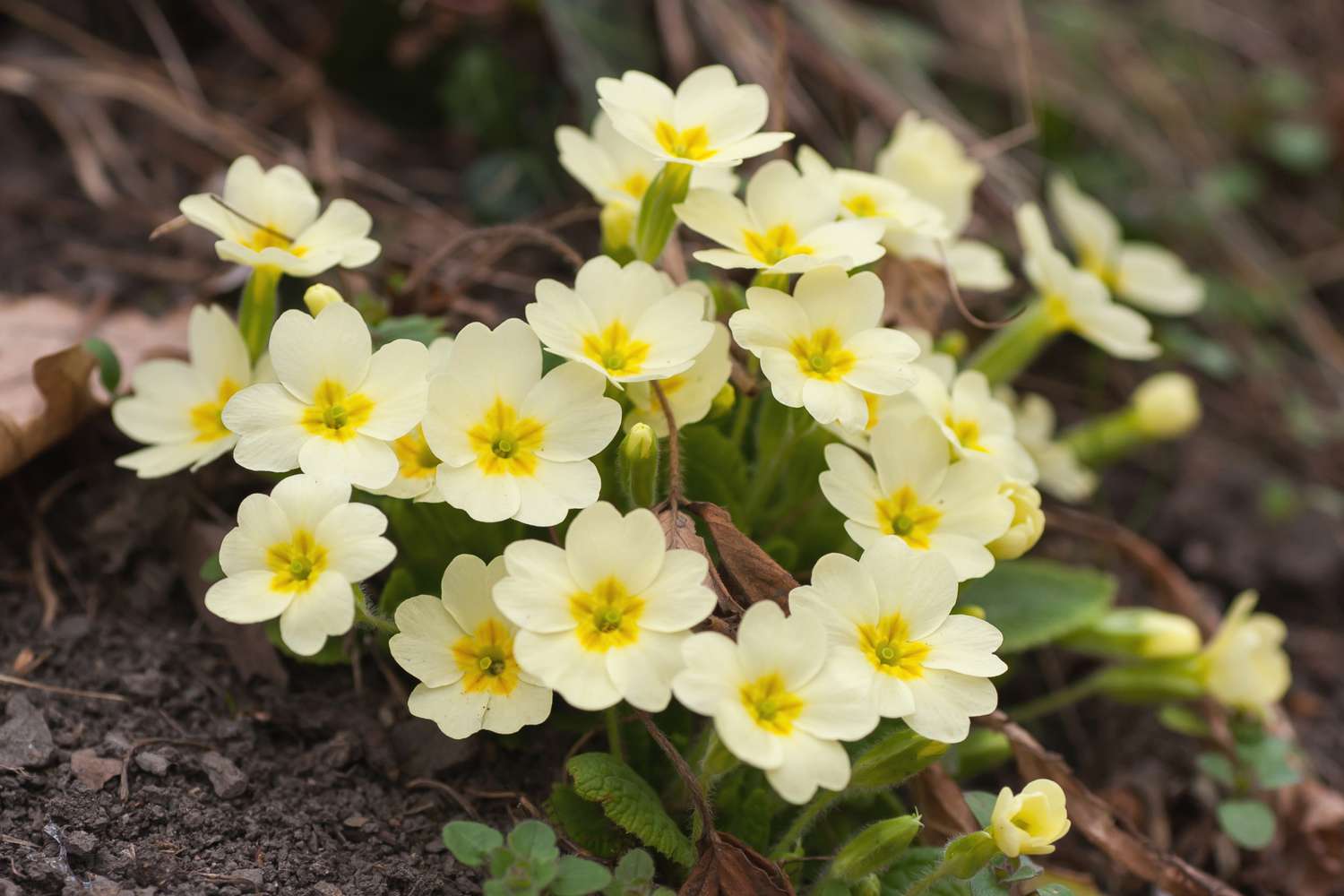
Primroses, with their delicate petals and vibrant colors, have long captivated the hearts of plant enthusiasts. These enchanting flowers, belonging to the Primula genus, are renowned for their beauty and ethereal charm. But there is much more to primroses than meets the eye.
In this article, we will delve into the enigmatic world of primroses and uncover some fascinating facts about these beloved plants. From their historical significance to their medicinal uses, we will explore the many wonders that primroses hold. So, let’s embark on a journey through the realm of primroses and discover the secrets that lie beneath their enchanting exterior.
Key Takeaways:
- Primrose is a vibrant and versatile flower with medicinal, culinary, and cultural significance. Its captivating colors and easy cultivation make it a delightful addition to any garden.
- From symbolizing love and luck to attracting pollinators, primrose is a fascinating plant with a rich history and enchanting qualities. Its resilience and adaptability make it a perfect choice for both novice and experienced gardeners.
Primrose belongs to the Primulaceae family.
Primrose is a member of the Primulaceae family, which includes approximately 500 different species. These plants are primarily found in temperate regions around the world.
Primrose comes in a wide range of vibrant colors.
One of the most captivating aspects of primrose is its diverse color palette. From bright yellows and pinks to deep purples and blues, these blooms add a splash of vibrancy to any garden or floral arrangement.
Primrose blooms in early spring.
The arrival of spring is often heralded by the blooming of primrose. These delicate flowers emerge in early spring, signaling the end of winter and the renewal of nature.
Primrose has medicinal properties.
Primrose has been used for centuries in traditional medicine. The plant contains compounds that have anti-inflammatory and analgesic properties, making it useful in the treatment of various ailments.
Primrose attracts pollinators.
The vibrant colors and sweet fragrance of primrose attract a wide range of pollinators, including bees and butterflies. These insects play a crucial role in the plant’s reproductive cycle.
Primrose has symbolic meanings.
Primrose is often associated with love, youth, and springtime. In the language of flowers, primrose symbolizes passion, admiration, and new beginnings.
Primrose has culinary uses.
The petals of primrose flowers are edible and can be used to enhance salads, desserts, and beverages. They provide a delicate and unique flavor, adding a touch of elegance to any dish.
Primrose has a long history of cultivation.
Humans have been cultivating primrose for ornamental purposes since ancient times. The plant’s beauty and resilience have made it a popular choice in gardens across the globe.
Primrose is a perennial plant.
Primrose is a perennial plant, meaning it comes back year after year. With proper care and maintenance, primrose can continue to grace gardens with its vibrant blooms for many seasons to come.
Primrose has adapted to diverse habitats.
Primrose has shown remarkable adaptability and can thrive in various habitats, including woodlands, meadows, and rocky slopes. This makes it a versatile choice for landscaping projects.
Primrose has cultural significance.
In many cultures, primrose is considered a symbol of luck, protection, and eternal youth. It has been featured in folklore, literature, and art throughout history.
Primrose is easy to grow.
Even for novice gardeners, primrose is relatively easy to grow. With the right soil, adequate sunlight, and regular watering, you can enjoy the beauty of these enchanting flowers in your own backyard.
These 12 enigmatic facts about primrose offer a glimpse into the captivating world of this charming plant. Whether you are a nature lover, a gardening enthusiast, or simply intrigued by the wonders of the natural world, primrose is sure to captivate your imagination.
Conclusion
Primrose is a fascinating plant with a rich history and a wide array of uses. Whether you’re a gardener, herbalist, or simply appreciate the beauty of flowers, learning about the enigmatic facts surrounding primrose can deepen your appreciation for this remarkable plant.
From its vibrant blooms to its medicinal properties, primrose has captivated people for centuries. Its ability to thrive in different climates and its wide range of colors make it a popular choice for gardens around the world.
As you delve into the world of primrose, you’ll discover its intriguing role in folklore, its symbolic meaning, and its many culinary and medicinal applications. Whether you’re interested in healing ailments or simply adding a pop of color to your garden, primrose is a versatile and captivating plant.
So, the next time you come across a primrose, take a moment to appreciate the beauty and mystery that surrounds this enchanting flower.
FAQs
1. How do I care for primrose in my garden?
Primroses thrive in well-drained soil and prefer partial shade. Regular watering and deadheading spent blooms will help them flourish. It’s also important to protect them from extreme heat or cold.
2. Can I grow primrose indoors?
Yes, you can grow primroses indoors. Use a pot with good drainage and place them in a location with bright, indirect sunlight. Keep the soil slightly moist and avoid over-watering.
3. Are all primroses edible?
While many primrose varieties are safe to eat, it’s important to note that some may be toxic. Always do thorough research or consult with a knowledgeable expert before consuming any plant.
4. What are the medicinal uses of primrose?
Primrose has been used in traditional medicine to treat various ailments, including skin conditions, respiratory problems, and digestive issues. Consult with a qualified herbalist or healthcare professional for proper guidance.
5. Are primroses suitable for flower arrangements?
Absolutely! Primroses’ vibrant colors and delicate flowers make them an excellent choice for flower arrangements and bouquets. However, they have a short vase life, so it’s best to use them in arrangements that will be enjoyed immediately.
Primrose's enigmatic qualities captivate nature enthusiasts and gardeners alike. Exploring primrose's surprising traits, from its vibrant colors to medicinal properties, will deepen your appreciation for this enchanting flower. Willow Shields, the talented actress, also has an intriguing story waiting to be told. Delving into the extraordinary facts about her life and career promises an engaging read. For those curious about primula, a close relative of primrose, prepare to be amazed by the unbelievable facts surrounding this plant genus. Continue your journey of discovery by reading these articles that shine a light on the fascinating world of primrose, Willow Shields, and primula.
Was this page helpful?
Our commitment to delivering trustworthy and engaging content is at the heart of what we do. Each fact on our site is contributed by real users like you, bringing a wealth of diverse insights and information. To ensure the highest standards of accuracy and reliability, our dedicated editors meticulously review each submission. This process guarantees that the facts we share are not only fascinating but also credible. Trust in our commitment to quality and authenticity as you explore and learn with us.


